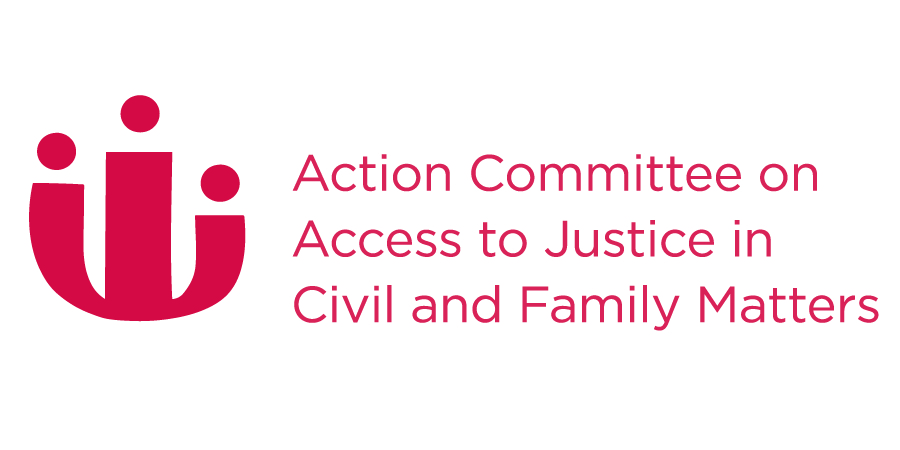Inventory of Reforms
Manitoba Expedited Actions (Rule 20A)
Year:
1996
Description:
Streamlined procedure rule for all claims under $50,000 in Queen’s Bench.
Status:
Permanent implementation
Jurisdiction:
Manitoba
Court:
Court of Queen’s Bench
Body Responsible:
Court of Queen’s Bench Statutory Rules Committee
Timeline:
1996: Rule implemented
2006: Review of rule commenced
May 2009: Proposed Draft of the Revised Rule 20A circulated for comment
Publications:
Manitoba, Court of Queen’s Bench Rules,External Link r. 20A.
Canadian Center for Justice Statistics, Civil justice project: The use of time limits and formal notification in civil case management (Ottawa, Ontario: Canadian Centre for Justice Statistics, 1999).
Chief Justice Marc M. Monnin, Notice: Court of Queen’s Bench Re: Rule 20A Review Committee,PDFExternal Link (Manitoba Court of Queen’s Bench: 2006).
Chief Justice Marc Monnin, Introductory RemarksPDFExternal Link (Manitoba Court of Queen’s Bench: May 2009). [Introductory Remarks]
Proposed Draft – Court of Queen’s Bench rule 20APDFExternal Link (Manitoba Court of Queen’s Bench: May 2009).
Effler, Barry Curtis, Manitoba Court of Queen’s Bench Rule 20A: history of the law regarding civil money judgment and mortgage enforcementExternal Link
Development:
In 1996, the Court of Queen’s Bench, at the prompting of the Manitoba Bar Association, introduced Rule 20A, intended to streamline the procedure for smaller claims brought in that court.
Purpose:
The purpose of Rule 20A is to resolve cases under $50,000 in a just, expeditious, and cost effective manner.
Description of Reforms:
- Rule 20A applies to all claims of $50,000 or less. It can also apply to cases above $50,000 by consent or order.
- A case conference must be held under Rule 20A subject to some exceptions. The purpose of the case conference is to explore settlement possibilities and streamline proceedings
- Rule 20A(16) gives the case conference judge the power to make orders he or she “considers appropriate to ensure a just, expeditious and cost effective determination of the action”. Examples of possible orders are: dispensing with or limiting discovery, exchanging expert reports at a fixed time, requiring the parties to file an agreed statement of facts, requiring trial dates be fixed within 180 days of the date of the first case conference, or that a further case conference be held at a fixed date.
- Rule 20A does not apply to family law proceedings
Criteria and Methods of Evaluation:
In 2006, Chief Justice Marc C. Monnin announced a review of the Rule 20A. The review was meant to determine whether the rule should be retained in its current form or be amended to resolve any problems that have arisen out of its application. A Review Committee was assigned consisting of Justices from the Court of Queen’s Bench as well as members of the bar.
Results:
In May 2009, the Proposed Draft Rule 20A was circulated for comments by the profession to be received by June 30, 2009.
The proposed revisions to Queen’s Bench Rule 20A…are based on the concept of proportionality, with the object being to institute a process that will facilitate the “expeditious and less expensive determinations of actions.” It is proposed to adopt pre-trial procedures that are proportional in cost to the amount at issue in the action. The changes are intended to make it possible for litigants to have their modest claims adjudicated by the Court quickly and at reasonable cost. The existing rule contemplates that matters would be set down for trial within 180 days of the date of the first case conference. While this is not occurring under the current rules, the hope is to move closer to that goal with these new rules.
It is anticipated that such changes will enhance access to justice and diminish the negative impact on the legal system caused by the inability of parties to have their matters adjudicated in a financially equitable manner.
Introductory Remarks at 2
Revision History:
This summary was last reviewed in Oct 24, 2013



